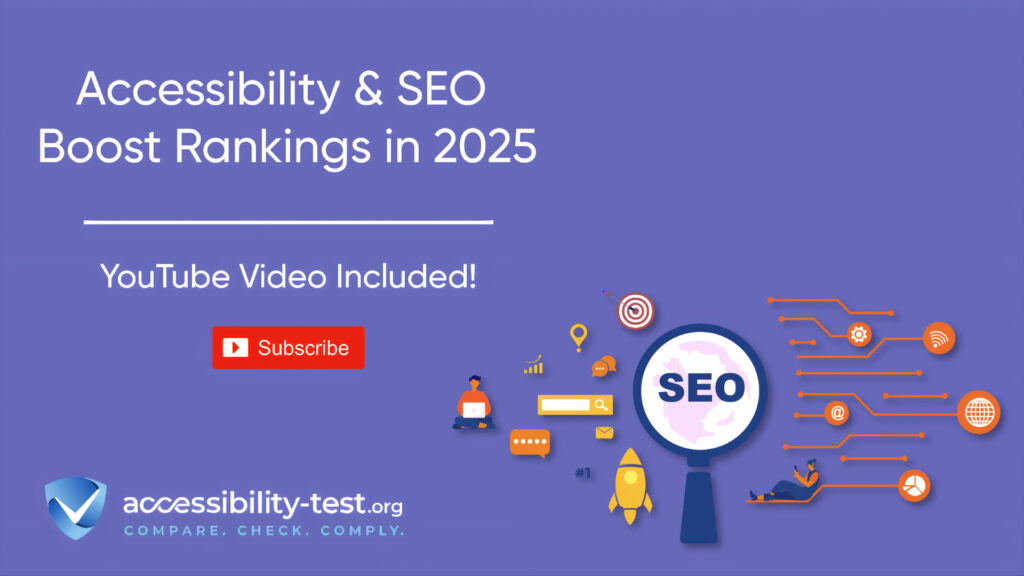What Is Web Accessibility?
Accessibility refers to the design of products, devices, services, or environments that are usable by people with a range of disabilities. This concept is integral to ensuring equal access for all individuals, regardless of their physical, sensory, or cognitive abilities. The significance of accessibility spans various domains, including technology, architecture, and education, and plays a critical role in fostering inclusivity within society.
In the realm of technology, accessibility focuses on developing software and hardware that accommodate users with disabilities. This includes features like screen readers, voice recognition, and alternative input devices that enable individuals with visual impairments or motor disabilities to interact with digital platforms effectively. Similarly, in architecture, accessibility involves designing buildings and public spaces that are navigable for people who use wheelchairs or have other mobility challenges. This is achieved through the implementation of ramps, elevators, and accessible restrooms, ensuring that everyone can independently navigate their environment.
Education also greatly benefits from accessibility initiatives. This means creating learning materials and environments that cater to diverse learning needs, such as providing alternative formats for textbooks and incorporating assistive technologies in classrooms. These strategies not only help in accommodating students with disabilities but also promote a more inclusive educational system that values diversity.
The importance of accessibility is further underscored by various legal implications. Many countries have enacted laws and regulations mandating accessibility standards, such as the Americans with Disabilities Act (ADA) in the United States. These laws aim to eliminate barriers and ensure that all individuals can participate fully in society. Universally designed approaches advocate for the inclusion of accessibility features from the outset, making solutions beneficial for all users, not just those with disabilities. Emphasizing accessibility creates a more equitable environment for every individual.
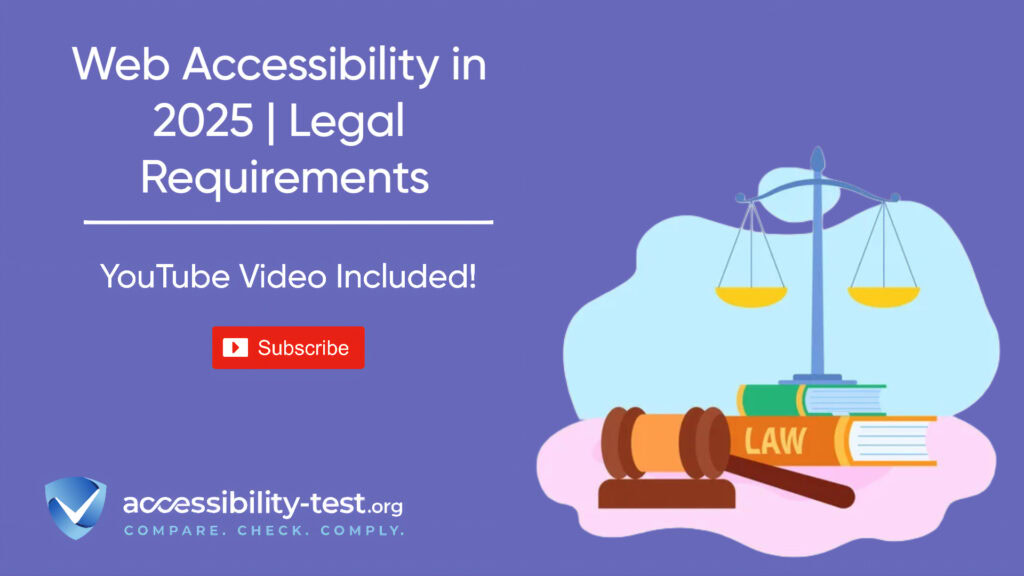
Types of Accessibility
Accessibility is a crucial aspect of creating inclusive environments, whether physical or digital. There are various types of accessibility, each addressing different needs and challenges faced by individuals with disabilities. This section will explore three primary types of accessibility: web accessibility, physical accessibility, and cognitive accessibility.
Web accessibility refers to the practice of ensuring that online resources, including websites and applications, are usable by all individuals, regardless of their abilities. This includes adhering to the Web Content Accessibility Guidelines (WCAG), which provide standards for making web content more accessible. Essential elements of web accessibility include text alternatives for images, the proper use of headings for structure, and ensuring that the website is navigable using a keyboard. By following these guidelines, developers can improve user experience for people with visual, auditory, and motor impairments, among others.
Physical accessibility pertains to the design and construction of buildings and public spaces, ensuring they are usable by individuals with physical disabilities. This includes features such as ramps, elevators, and accessible restrooms, which are essential for individuals with mobility impairments. Moreover, certain legal frameworks, such as the Americans with Disabilities Act (ADA) in the United States, mandate that public spaces should comply with accessibility standards. Proper signage and layout are also crucial in enhancing navigability for everyone, including those with disabilities.
Cognitive accessibility focuses on making information understandable and navigable for individuals with cognitive impairments. This type of accessibility includes simplifying language, using clear layouts, and providing alternative formats for content. For instance, using visual aids or infographics can support comprehension and retention of information. By addressing these cognitive needs, designers and content creators can ensure that their materials are inclusive and easily accessible to a broader audience.
Web Accessibility Guidelines
The Web Content Accessibility Guidelines (WCAG) are a set of internationally recognized standards designed to ensure that the web is accessible to all users, particularly those with disabilities. These guidelines serve as a foundation for creating inclusive online environments by providing clear recommendations on how to enhance accessibility. More importantly, they aim to improve the overall experience for all users by addressing various accessibility challenges that can occur in digital spaces.
WCAG is structured around four key principles, encapsulated in the acronym POUR: Perceivable, Operable, Understandable, and Robust. These principles guide developers and content creators in designing websites that are accessible to individuals with diverse needs. For instance, content must be perceivable, meaning that users must be able to see, hear, or otherwise perceive the information presented. This entails providing alternatives for visual content and ensuring proper text contrast for those with visual impairments.
Moreover, the guidelines emphasize that websites must be operable, granting users the ability to navigate and interact with web content using various input methods. This includes ensuring that all functionalities are accessible via keyboard navigation and screen readers. It is also crucial that information is understandable, which involves using clear language and straightforward layouts. Lastly, robustness is essential for ensuring compatibility across different user agents, including browsers and assistive technologies.
WCAG compliance is categorized into three levels: A, AA, and AAA. Level A represents the minimum accessibility requirements, while Level AA includes more extensive criteria that address a wider array of accessibility issues. Level AAA offers the highest and most demanding standards. By adhering to these guidelines, web developers and organizations significantly enhance their digital accessibility, ensuring that all users can engage effectively with online content. This commitment to inclusivity not only benefits users but also aligns with legal obligations in many jurisdictions.
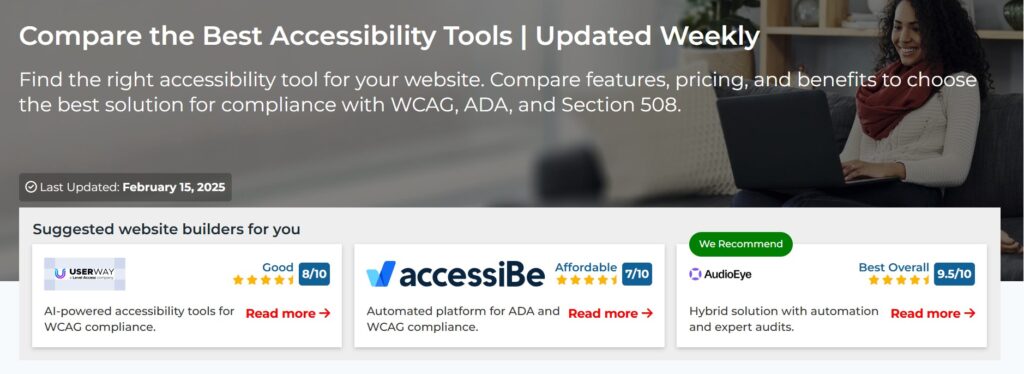
Assistive Technologies
Assistive technologies play a crucial role in enhancing accessibility for individuals with disabilities. These tools are designed to provide support and facilitate independent living, allowing users to engage more fully with their environment and maximize their potential. A variety of innovative solutions are available, catering to the diverse needs of users.
One of the most widely recognized assistive technologies is the screen reader. This software enables visually impaired users to comprehend digital content through auditory output. By converting text on a screen into synthesized speech, screen readers allow individuals to navigate websites, read emails, and interact with various applications. Popular options include JAWS, NVDA, and VoiceOver, each offering unique features tailored to the needs of their users.
Another essential tool is the braille display, which translates digital text into braille characters, enabling users who are blind or have severe visual impairments to read. These devices can connect to computers and smartphones, offering tactile feedback that enhances the reading experience. Combining braille with screen reading software further improves accessibility, emphasizing the importance of integrating multiple assistive technologies.
Speech recognition software has also revolutionized how individuals with mobility impairments or difficulties in typing can interact with technology. By allowing users to control their devices through voice commands, this technology eliminates barriers related to traditional input methods. Applications like Dragon NaturallySpeaking and built-in solutions like Google Voice Typing empower users to dictate text, navigate software, and perform various tasks with ease.
In addition to these examples, there exists a range of other assistive technologies such as adaptive keyboards, hearing aids, and communication devices that offer significant support to individuals with disabilities. Together, these innovations create a more inclusive environment, fostering independence and enhancing the quality of life for those they serve.
Creating Accessible Environments
Creating accessible environments is a fundamental aspect of ensuring all individuals, regardless of their physical abilities, can navigate and utilize spaces effectively. This includes not only buildings but also public transport systems and outdoor areas. The aim is to design environments that accommodate everyone, recognizing the diverse needs of people with disabilities, elderly individuals, and others who may require additional support.
One critical element in crafting accessible physical spaces is the adherence to established design standards. These standards provide guidelines on the minimum requirements necessary to enhance accessibility. For example, incorporating ramps at building entrances not only benefits individuals who use wheelchairs but also aids parents with strollers and individuals carrying heavy items. Ramps should have a gentle slope and be constructed using non-slip materials to ensure safety for all users.
Signage plays a pivotal role in enhancing accessibility as well. Clearly visible and easy-to-read signs can significantly help individuals navigate spaces without confusion. The use of contrasting colors between the text and background increases visibility. Furthermore, including tactile elements, such as Braille, on signage ensures that visually impaired individuals can also access pertinent information. Color contrast is especially vital in various environments; for instance, flooring that contrasts sharply with walls helps those with vision impairments to perceive boundaries and obstacles more easily.
Moreover, individuals designing outdoor areas must consider various accessibility features. This includes ensuring pathways are wide enough for wheelchair access, creating resting areas, and installing proper lighting to enhance visibility at night. By implementing these accessibility principles into the design of various physical spaces, communities can foster inclusivity, allowing every individual to participate actively and confidently in society. A commitment to accessibility not only complies with legal standards but also promotes an equitable environment where everyone can thrive. aspect of effective web design.
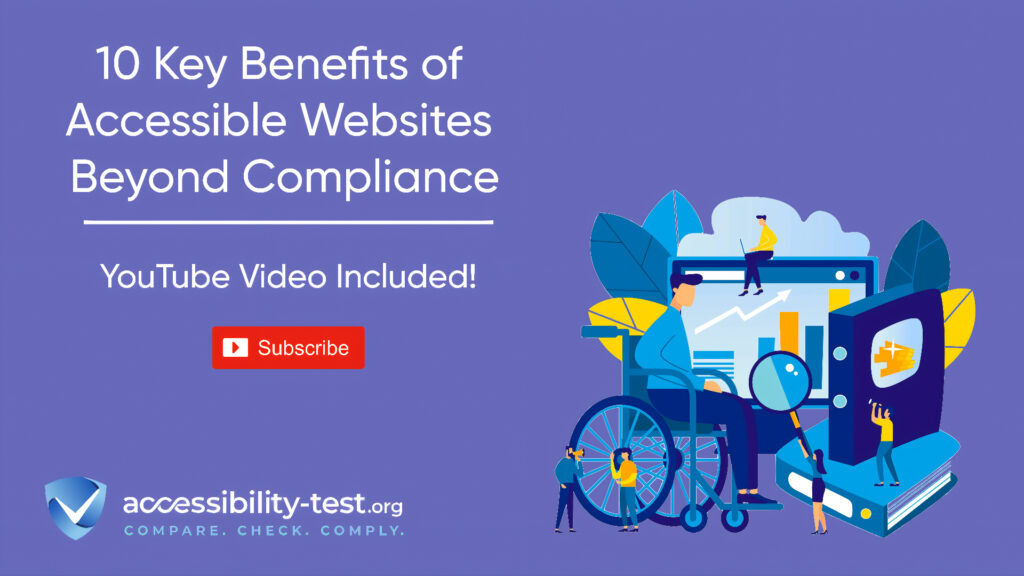
Creating Accessible Environments
Creating accessible environments is a fundamental aspect of ensuring all individuals, regardless of their physical abilities, can navigate and utilize spaces effectively. This includes not only buildings but also public transport systems and outdoor areas. The aim is to design environments that accommodate everyone, recognizing the diverse needs of people with disabilities, elderly individuals, and others who may require additional support.
One critical element in crafting accessible physical spaces is the adherence to established design standards. These standards provide guidelines on the minimum requirements necessary to enhance accessibility. For example, incorporating ramps at building entrances not only benefits individuals who use wheelchairs but also aids parents with strollers and individuals carrying heavy items. Ramps should have a gentle slope and be constructed using non-slip materials to ensure safety for all users.
Signage plays a pivotal role in enhancing accessibility as well. Clearly visible and easy-to-read signs can significantly help individuals navigate spaces without confusion. The use of contrasting colors between the text and background increases visibility. Furthermore, including tactile elements, such as Braille, on signage ensures that visually impaired individuals can also access pertinent information. Color contrast is especially vital in various environments; for instance, flooring that contrasts sharply with walls helps those with vision impairments to perceive boundaries and obstacles more easily.
Moreover, individuals designing outdoor areas must consider various accessibility features. This includes ensuring pathways are wide enough for wheelchair access, creating resting areas, and installing proper lighting to enhance visibility at night. By implementing these accessibility principles into the design of various physical spaces, communities can foster inclusivity, allowing every individual to participate actively and confidently in society. A commitment to accessibility not only complies with legal standards but also promotes an equitable environment where everyone can thrive.
Case Studies of Successful Accessibility Initiatives
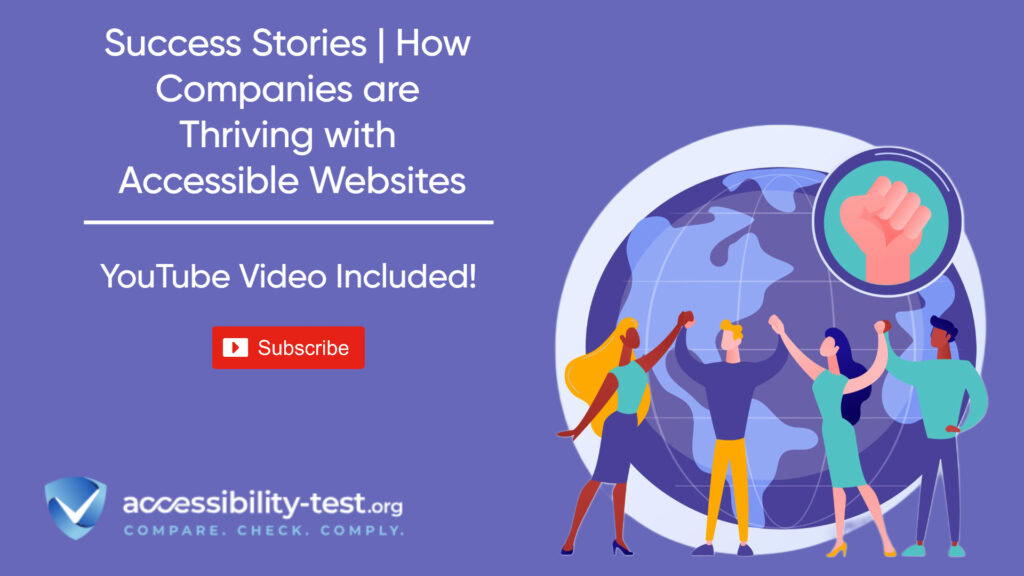
Accessibility initiatives have gained significant traction across different sectors, demonstrating the commitment of various organizations to create inclusive environments. One notable example is the education sector’s implementation of Universal Design for Learning (UDL) principles. Educational institutions such as the University of Central Florida have adopted these principles to ensure that all students, regardless of their abilities, are provided with multiple means of engagement, representation, and action. This approach not only benefits students with disabilities but enhances the overall learning experience for everyone.
In the realm of technology, consider Microsoft’s Accessibility program, which aims to integrate accessibility features directly into their products. The introduction of the Accessibility Checker in Microsoft Office ensures that users can create content that is accessible to individuals with disabilities. Moreover, the company’s involvement in the development of the Xbox Adaptive Controller exemplifies a commitment to providing inclusive gaming experiences, allowing gamers with limited mobility to enjoy video games through customizable interface options.
Public services have also embraced accessibility initiatives. The city of San Francisco, for instance, has launched the Accessible San Francisco initiative, focusing on enhancing the city’s infrastructure to accommodate individuals with disabilities. Efforts have been directed towards improving public transit accessibility, including the installation of accessible bus stop features and the establishment of accessible pedestrian paths. Such initiatives not only improve mobility for people with disabilities but also foster a more inclusive community for all residents and visitors.
These case studies illustrate that successful accessibility initiatives can significantly impact various sectors, creating environments where everyone has the opportunity to participate fully. By implementing innovative solutions and fostering a culture of inclusivity, organizations can effectively address accessibility challenges and ensure success across diverse communities.
The Role of Advocacy and Policy in Accessibility
Advocacy groups and policy frameworks play a crucial role in shaping accessibility standards and practices, ensuring that individuals with disabilities are afforded equal rights and opportunities. Organizations dedicated to advocacy, often comprised of individuals with disabilities or allies, work tirelessly to promote awareness, influence public perception, and advocate for legislative changes that enhance accessibility in various sectors including education, employment, and public services.
One significant legislative landmark in this domain is the Americans with Disabilities Act (ADA), enacted in 1990. The ADA serves as a comprehensive civil rights law prohibiting discrimination against individuals with disabilities in all public and private sectors. Its implications are vast, providing a framework that mandates accessibility in buildings, transportation, and communications. The ADA not only addresses physical accessibility but also emphasizes the importance of reasonable accommodations in workplaces and educational settings, profoundly influencing community efforts to create inclusive environments.
Moreover, advocacy groups highlight the importance of compliance with such policies by conducting training and outreach programs. These initiatives educate community members, businesses, and government entities about their responsibilities under the ADA and other related laws. Through awareness campaigns, these organizations can mobilize public support for accessibility initiatives, thereby enhancing the quality of life for people with disabilities. It is essential for advocates to work in collaboration with policymakers to ensure that existing laws are enforced effectively and that new legislation is introduced when gaps in accessibility are identified.
`The intersection of advocacy and policy serves as a catalyst for change, bringing to light the pressing need for accessible spaces and services. By fostering a collective commitment towards accessibility, advocacy groups and policies contribute to a more equitable society, one where disability does not hinder an individual’s ability to participate fully in everyday life.
Consistent Help Mechanisms
The introduction of the WCAG 2.2 success criterion for ‘consistent help’ underscores the importance of providing users with easily accessible support throughout their web experience. To promote effective navigation and assist users in accomplishing their goals, it is crucial that help options, including FAQs, contact forms, and live chat, are consistently placed across the website. By establishing a uniform location for these resources, users are less likely to experience frustration or confusion when seeking assistance. This consistency fosters a sense of familiarity, enabling users to focus on their tasks rather than searching for help.
When designing a website, it is essential to analyze the various stages of a user’s journey. At any point, users may encounter challenges and require guidance. By implementing a consistent approach to help mechanisms, websites can facilitate seamless communication and support. For instance, placing a prominent help button in a fixed location on every page allows users to quickly access assistance no matter where they are in their browsing experience. Furthermore, ensuring that help sections are easily identifiable through clear icons or labels can enhance user satisfaction and increase the likelihood of users utilizing these resources when needed.
Moreover, integrating various types of help mechanisms caters to diverse user preferences. While some users may prefer written FAQs, others might benefit from real-time assistance through live chat. By offering a variety of support options in a consistent manner, websites can better accommodate varying needs, ultimately enhancing the overall accessibility of the site. In an era where user experience is paramount, prioritizing consistent help mechanisms not only minimizes confusion but also demonstrates a commitment to inclusivity and accessibility for all users.
Color Contrast Enhancements
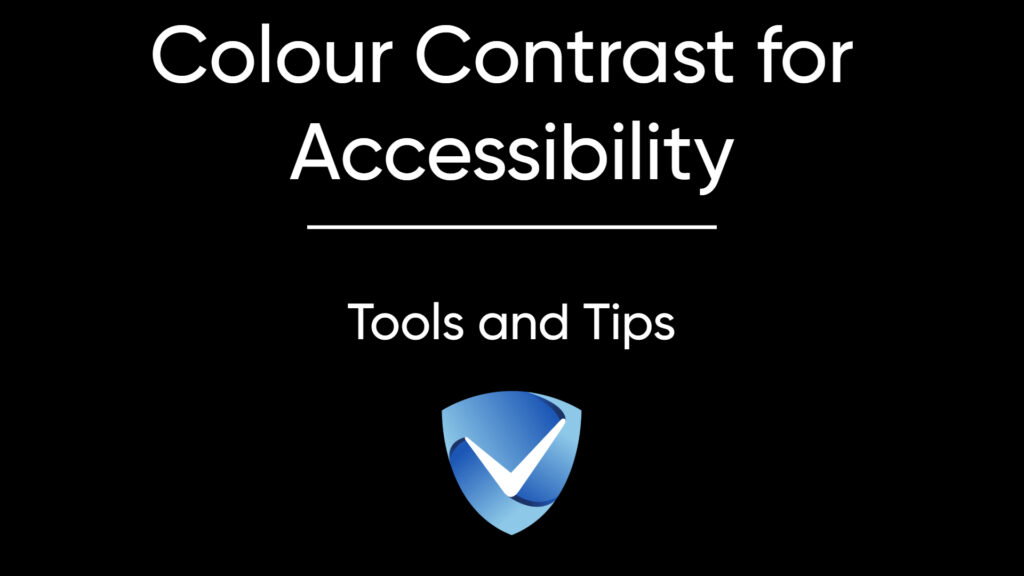
Ensuring appropriate color contrast is essential for creating accessible websites, particularly for users with low vision or color blindness. The Web Content Accessibility Guidelines (WCAG) specify minimum luminance contrast ratios that should be adhered to in order to enhance readability and usability. These guidelines recommend a contrast ratio of at least 4.5:1 for normal text and 3:1 for large text. By maintaining these contrast standards, website designers can greatly improve the experience for users who may struggle with poor visibility.
When selecting color palettes for websites, it’s important to consider not only the aesthetic appeal but also the functionality of color combinations. Complementary color schemes can enhance visibility, but it is also vital to test these combinations to ensure they meet the established WCAG contrast ratios. Using online accessibility checkers can streamline this process, providing immediate feedback on how color choices hold up against the required standards.
Moreover, achieving effective color contrast is not solely about pairing dark text with light backgrounds or vice versa; it also involves understanding how color blindness affects perception. For example, certain color combinations, such as red and green, may be indistinguishable to users with color vision deficiencies. To combat this, designers should consider incorporating textures or patterns together with color to convey information without relying on visual color alone.
Implementing color contrast enhancements not only aligns with ethical practices in web design but is also a legal requirement in many jurisdictions. By prioritizing accessible color choices, developers can create more inclusive websites that reach a broader audience. Ultimately, the goal is to foster an environment where all users, regardless of their visual capabilities, can navigate and engage with digital content effectively.
Future Trends in Accessibility
The rapidly evolving landscape of technology brings about significant advancements in the realm of accessibility. With a focus on inclusivity, emerging trends such as artificial intelligence (AI) and virtual reality (VR) are fundamentally transforming how individuals with disabilities engage with their environments. AI, in particular, plays a crucial role in enhancing accessibility by allowing for more personalized user experiences. Through machine learning algorithms, AI can analyze user behavior and preferences, making adjustments in real time to accommodate varying needs. For example, smart home devices equipped with AI can learn how individuals interact with their surroundings, thus offering tailored functionalities that enhance day-to-day living.
Virtual reality is another technology making waves in accessibility. By immersing users in virtual environments, VR can provide interactive experiences that break down the barriers faced by individuals with mobility challenges or sensory impairments. For instance, virtual reality simulations can allow someone with limited physical mobility to explore places and engage in activities that would otherwise be unattainable, fostering a sense of independence and empowerment. Furthermore, companies are increasingly recognizing the importance of creating accessible VR content, ensuring that individuals with different needs can participate fully in these immersive experiences.
Coupled with these technologies, the internet of things (IoT) is expected to further enhance accessibility. Smart devices connected through IoT can create cohesive living environments tailored to individual preferences and needs. However, a crucial consideration remains: the ethical implications of these technologies must be closely monitored. Ensuring that the development of accessibility innovations keeps inclusivity at its core will determine the extent to which these advancements benefit society. Overall, the future of accessibility appears promising, driven by innovation, dedication to inclusivity, and a commitment to continual improvement.
Test your site’s feature compliance with our free scanner
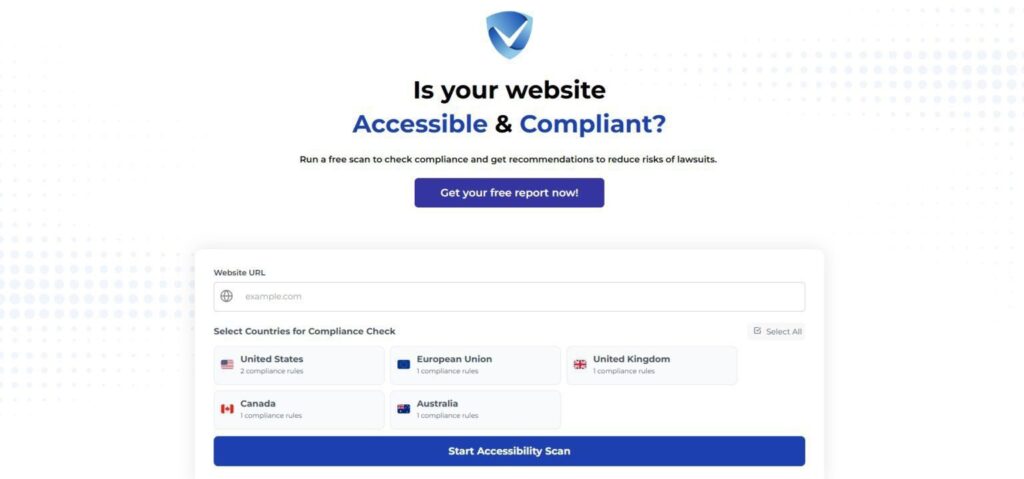
Accessibility and SEO go hand in hand, and 2025 is the year to align your digital strategy with Google’s accessibility-focused updates. By optimizing your website for accessibility, you not only comply with global standards like WCAG 2.2 but also improve user experience, reduce bounce rates, and boost your rankings on search engine results pages (SERPs). Accessible websites are proven to drive 37% higher organic traffic and lower bounce rates by 41%, giving you a competitive edge in today’s digital landscape.
Don’t wait to take action—audit your site’s SEO-accessibility health today with our free tool! Identify gaps, implement fixes, and ensure compliance with the latest guidelines to dominate SERPs while creating an inclusive experience for all users. Take the first step toward accessibility success now!



